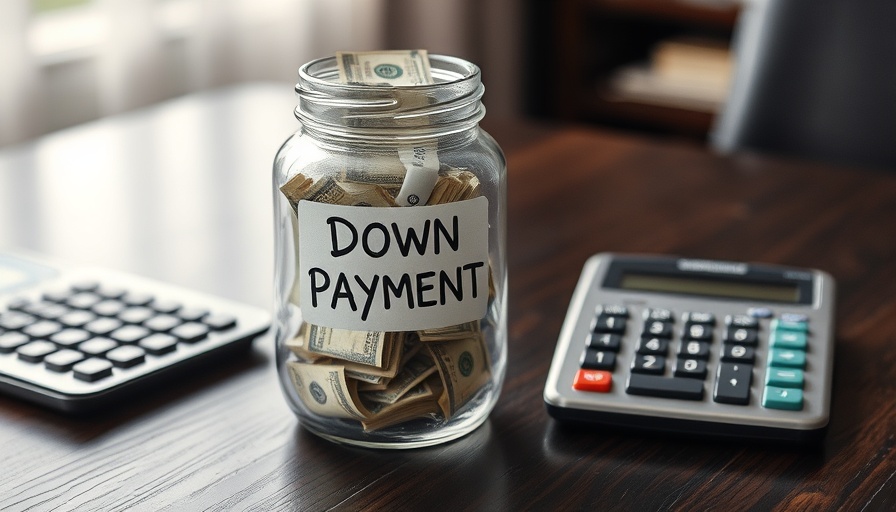
Understanding the Hidden Costs of Home Ownership
When considering the financial implications of buying a home, many first-time homeowners often think only of their mortgage payment. However, the reality is that a myriad of additional costs can add up significantly over time. From ongoing expenses like property taxes and homeowners insurance to unexpected maintenance, understanding these financial obligations is crucial to ensuring a successful investment in your future.
What Are the True Costs of Home Ownership?
Besides the mortgage itself, potential buyers should acknowledge several upfront and ongoing costs to avoid financial strain. A central component of this understanding is budgeting for what may seem like small amounts that collectively require significant financial resources over time.
1. Upfront Costs - Know What You're Getting Into
Here are some upfront costs most buyers will encounter:
- Down payment: Ranging from 3% to 20% of the home's price, this is often the largest initial expense. For instance, a $300,000 house could require a down payment between $9,000 and $60,000.
- Appraisal fee: Normally required by lenders, this fee ranges from $300 to $700+ depending on various factors such as location and home condition.
- Inspection fee: Estimated between $300 and $600, a home inspection is critical for identifying potential problems, with additional checks possibly incurring further costs.
- Closing costs: Expect to pay 2% to 5% of the purchase price during closing, equating to $6,000 to $15,000 on a $300,000 home.
Ongoing Expenses That Can’t Be Ignored
Once the home is purchased, homeowners must also account for ongoing costs that can stretch their finances if left unplanned. These include:
- Property taxes: Varying based on location, these annual taxes can be several thousand dollars.
- Homeowners insurance: Essential for safeguarding your property, premiums average between $600 to $1,200 annually, depending on risk factors.
- Regular maintenance: Setting aside funds each month for repairs or maintenance is critical. This often includes lawn care, plumbing issues, and appliance repairs.
- Utilities and HOA fees: Homeownership includes ongoing responsibilities like electricity, water, and potentially homeowner association fees.
Practical Strategies for Financial Preparedness
One of the most effective strategies for prospective buyers is to draft a comprehensive budget that incorporates these hidden costs of ownership. By doing so, you can alleviate financial stress once you move into your new home.
- Keep a home repair fund: An ideal suggestion is to set aside at least 1% of the home’s purchase price each year for upkeep.
- Learn about your local real estate market: Understanding properties in your area, like homes for sale or apartments for rent, can give insights into what to expect financially.
- Consult with professionals: Engaging with a knowledgeable real estate agent can prove invaluable to navigate potential costs and explore options in the market.
Conclusion: Navigating Your Home Buying Journey
As you consider entering the housing market, remember that the costs associated with homeownership extend far beyond the mortgage. By budgeting forthese costs now, potential buyers can preserve their financial health and enjoy the benefits of owning a home. Knowledge is power – equip yourself with it and make informed decisions about your future. Don’t hesitate to reach out to a realtor or explore online resources like Zillow or Redfin to get a sense of the current real estate market.
 Add Row
Add Row  Add
Add 



Write A Comment